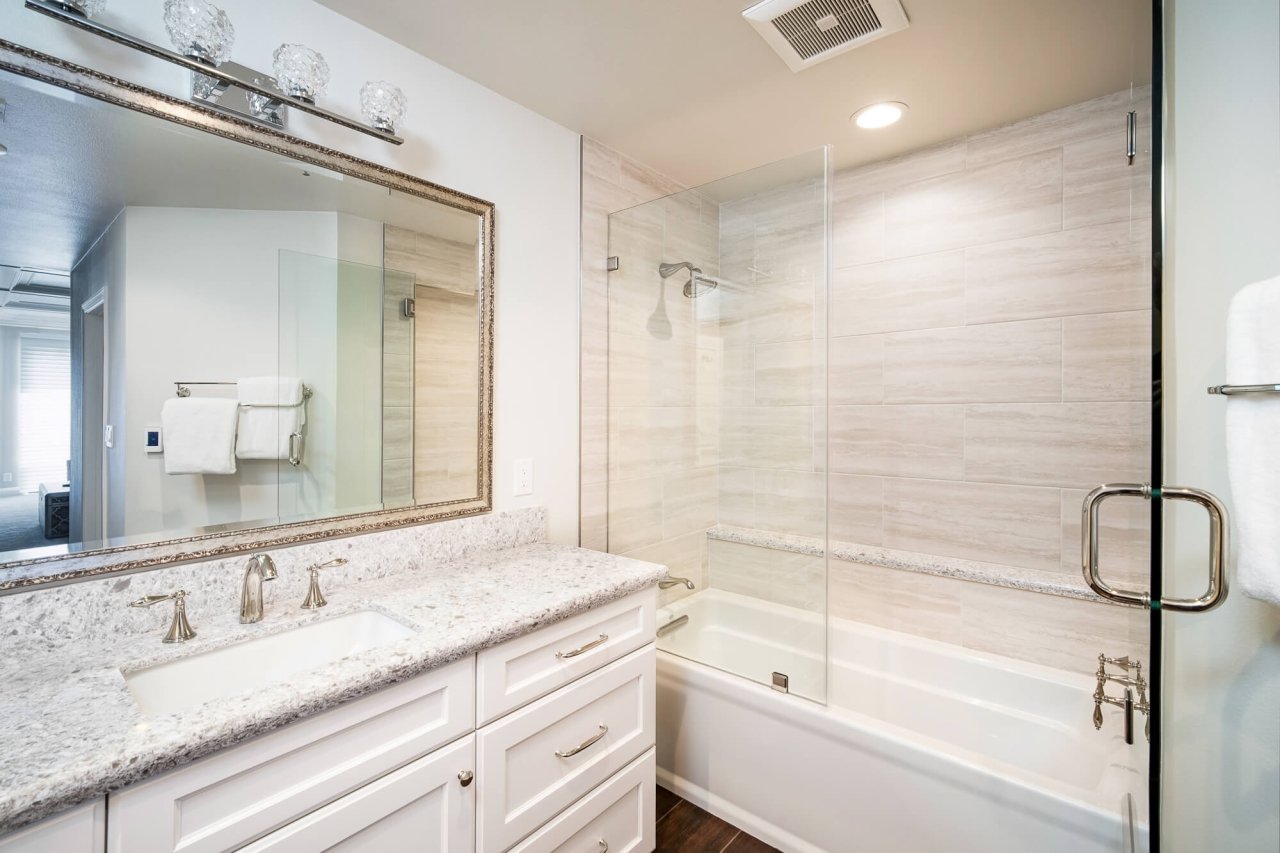Combining Retro Elements into Current Remodeling

Revamping your residence by means of revitalization is an exciting journey, merging the charm of vintage elements with the stylish design of contemporary design. As homeowners property owners strive to create spaces that showcase their unique aesthetics and lifestyles, integrating vintage elements becomes an increasingly trendy approach. These elements not just add personality and invitingness to your home but also tell a story that connects the past with the present.
In this definitive guide, we will delve into ways to smoothly integrate vintage designs within your modern remodeling plans. Whether you are thinking about a kitchen redesign that honors classic styles or seeking innovative bathroom renovation ideas that evoke of past elegance, this guide offers essential insights. Featuring strategies on cost management, area-focused remodeling, and tips on preventing common pitfalls, we strive to help you shape a living space that lovingly integrates vintage charm with contemporary flair.
Key Remodeling Strategies
While planning a home remodel, a key approach is to establish a solid budget. Determine how much you can allocate for the entire project, considering both materials and labor costs. It will enable you to prioritize which elements of your remodel are top priorities. Add cost-saving tips, such as repurposing existing materials or choosing budget-friendly alternatives for high-end finishes. By sticking to your budget, you will avoid the usual financial pitfalls associated with home remodeling.
An additional key strategy is to focus on functionality while maintaining your desired aesthetic. Review your space and identify areas where retro details can enhance modern designs. For instance, adding reclaimed wood beams or antique light fixtures can create a distinct focal point that blends past and present. It is crucial to ensure that any vintage features you incorporate serve a practical purpose, contributing to the overall usability and flow of each room in your home.
In conclusion, leveraging professional expertise can greatly impact your remodel's success. Although DIY projects can be cost-effective, some aspects of a remodel, especially structural changes or intricate designs, may require hiring a skilled contractor. Discussing your vision with professionals enables them to provide insights into the viability of integrating vintage elements without compromising modern functionality. Blending DIY efforts with professional help will give you the best outcome and help manage your time and budget effectively.
Cost-Effective Advice
Renovating your home doesn't have to empty your bank account. DLH Construction is to concentrate on DIY projects where you have confidence, as this can greatly cut labor costs. Simple improvements like painting, landscaping, or even minor fixtures can be addressed with minimal expense but yield remarkable results. Additionally, explore sourcing materials from bargain retailers or upcycling items from thrift stores to add style without overspending.
Another intelligent strategy is to prioritize essential renovations that boost functionality and design. For instance, kitchen remodels generally deliver strong returns on investment, so focusing your budget on key elements like new countertops or energy-efficient appliances can be beneficial. Furthermore, remember making small, concentrated changes can refresh your space. Instead of a complete overhaul, think about renewing hardware, lighting, or flooring in high-impact areas.
In conclusion, always create a comprehensive budget before starting your remodel. This should include all anticipated costs, including unexpected expenses that can arise during the process. Allocate a portion of your budget as a contingency fund to cover unforeseen issues. By planning thoroughly and making informed decisions, you can manage your remodeling project smoothly and keep costs under control while achieving your goal outcome.
Integrating Vintage Features
Introducing classic features into contemporary remodeling can add a singular charm to your living space. One way to achieve this is by merging vintage furniture pieces with contemporary decor. For example, a vintage dining table can serve as the focal point in a contemporary kitchen, displaying the beauty of craftsmanship while complementing with sleek cabinetry and appliances. Selecting well-preserved antiques or vintage-inspired replicas can help bridge the gap between eras and create a cohesive yet diverse look.
Another powerful method is to utilize vintage materials in your remodel. Think about using reclaimed wood for flooring or cabinetry, adding warmth and history to your space. Vintage tiles can add a pop of color and texture, particularly in areas such as the bathroom or kitchen. These materials not only enhance aesthetic appeal but also promote sustainability by repurposing resources. Adding vintage fixtures, such as wall lights or faucets, can further enrich the ambiance, blending the old with the modern effortlessly.
Ultimately, personal touches are crucial when integrating vintage elements. Exhibiting family heirlooms, such as pictures or decorative items, can create a personal narrative throughout your area. Additionally, using vintage textiles, like pillows or throws, can soften modern lines and add layers of interest. By carefully selecting and integrating these elements, you can achieve a stylish and inviting atmosphere that honors the past while remaining functional for contemporary living.

